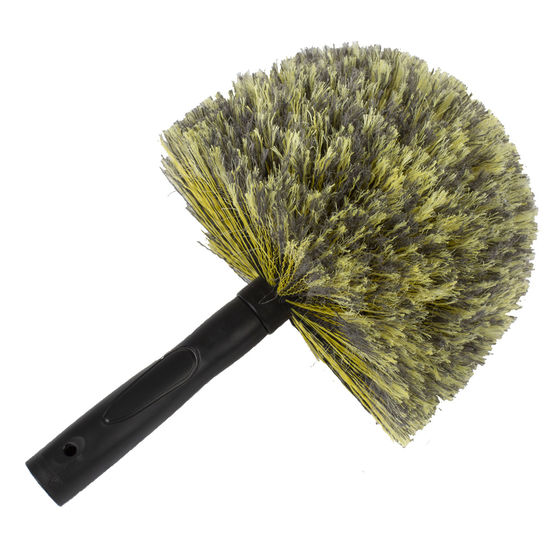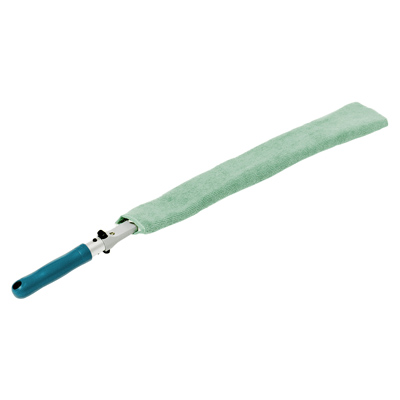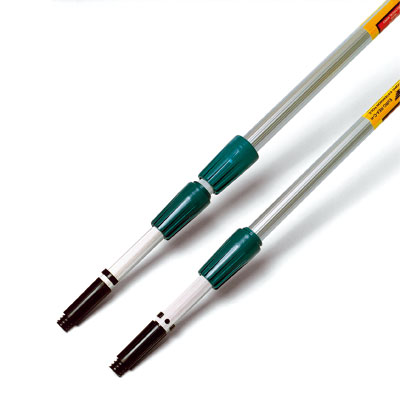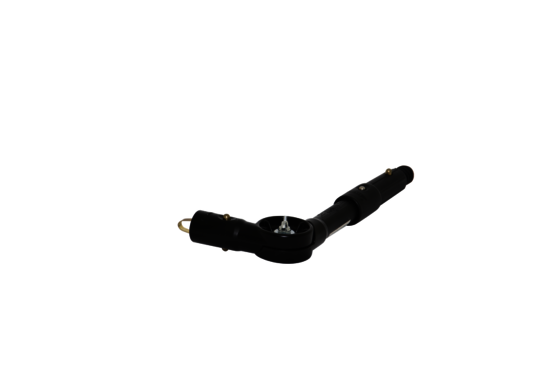Main task
Fold the cleaning cloth and place it in your hand. Alternatively, mount the cleaning cloth onto the dusting tool.
Dry dust the surface using the tool or the folded cleaning cloth. Change the cloth face when it gets dirty.
Replace the cloth once all cloth areas have been used. Dispose of the disposable cloth.
Perform a visual check.







Comments